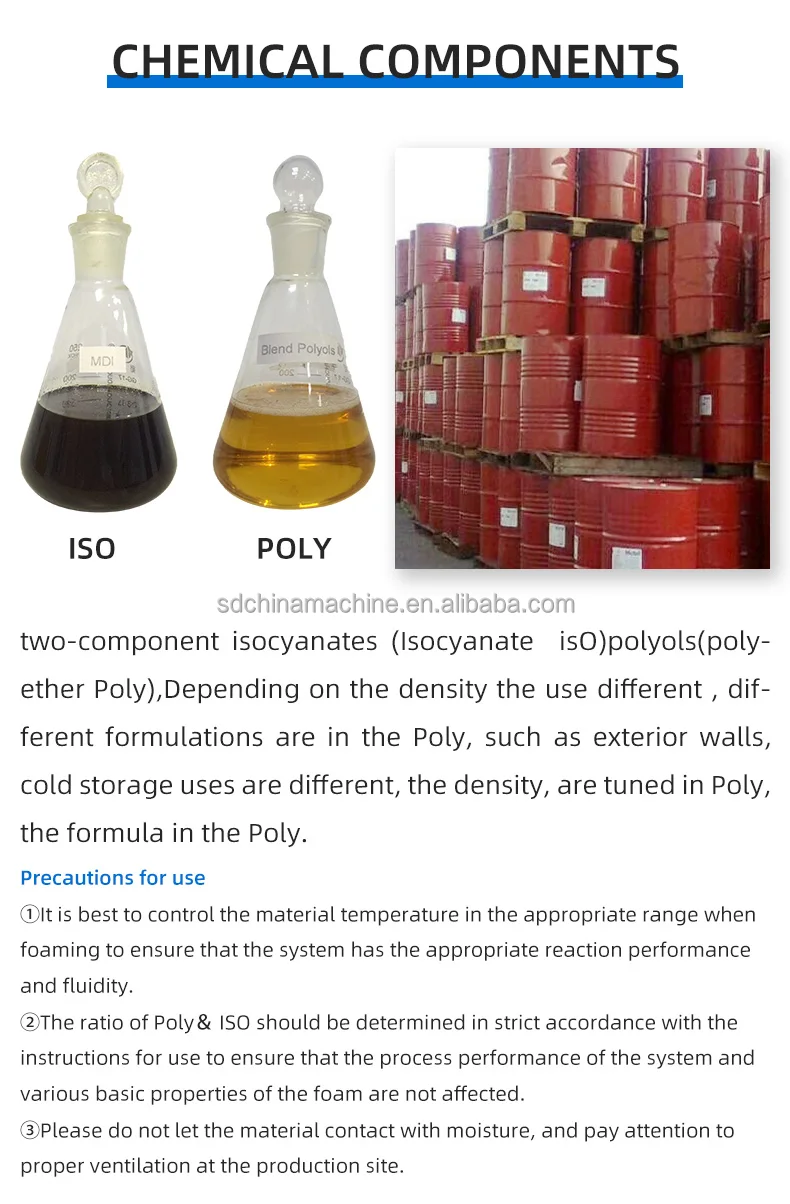Sodium Hypochlorite Pet Urine Floor Stains: A Comprehensive Guide to Removing Odors and Stains
Guide or Summary:Sodium Hypochlorite: Understanding Its PropertiesPreparing the AreaApplying Sodium HypochloriteScrubbing and RinsingDrying and Preventing F……
Guide or Summary:
- Sodium Hypochlorite: Understanding Its Properties
- Preparing the Area
- Applying Sodium Hypochlorite
- Scrubbing and Rinsing
- Drying and Preventing Future Stains
Pet owners often face the dreaded task of cleaning up after their furry friends, especially when it comes to pet urine floor stains. While these stains can be challenging to remove, especially when they've been left for an extended period, sodium hypochlorite offers a promising solution. This powerful disinfectant can effectively lift the stain and eliminate the odor, making it an essential tool in any pet owner's cleaning arsenal.
Sodium Hypochlorite: Understanding Its Properties
Sodium hypochlorite, commonly known as bleach, is an oxidizing agent that works by breaking down organic compounds. Its effectiveness in removing pet urine stains lies in its ability to kill the bacteria and enzymes responsible for causing the stain and odor. When applied correctly, sodium hypochlorite can lift the stain and leave the floor spotless.

Preparing the Area
Before applying sodium hypochlorite, it's crucial to prepare the area. Start by removing any loose debris or dirt from the floor. If the stain is on a carpet, lift it up and set it aside. This will make it easier to access the stain and ensure that the cleaning solution can penetrate the affected area effectively.
Applying Sodium Hypochlorite
Once the area is prepared, it's time to apply the sodium hypochlorite. Follow the instructions on the product label carefully, as the concentration and application method may vary. In general, you'll need to mix the solution with water according to the manufacturer's recommendations.
Apply the solution to the stain using a clean cloth or spray bottle. Work from the outside of the stain towards the center to prevent the solution from spreading. Allow the solution to sit on the stain for several minutes to ensure that it has time to penetrate the affected area.

Scrubbing and Rinsing
After allowing the sodium hypochlorite to sit on the stain, it's time to scrub the area. Use a stiff-bristled brush or a non-abrasive scrub pad to gently scrub the stain. Be careful not to damage the floor surface. If the stain is stubborn, you may need to apply more sodium hypochlorite and repeat the process.
Once the stain is removed, rinse the area thoroughly with clean water. If the floor is porous, such as wood or stone, you may need to blot the area with a clean cloth to prevent water from seeping in.
Drying and Preventing Future Stains
After rinsing, allow the floor to air dry completely. This may take several hours, depending on the humidity and temperature of your home. Once the floor is dry, consider applying a pet stain and odor remover to help prevent future stains.

In conclusion, sodium hypochlorite is an effective solution for removing pet urine floor stains. By following these steps and using this powerful disinfectant, pet owners can eliminate stubborn stains and leave their floors clean and odor-free. Remember to always read and follow the manufacturer's instructions when using sodium hypochlorite to ensure safety and effectiveness.